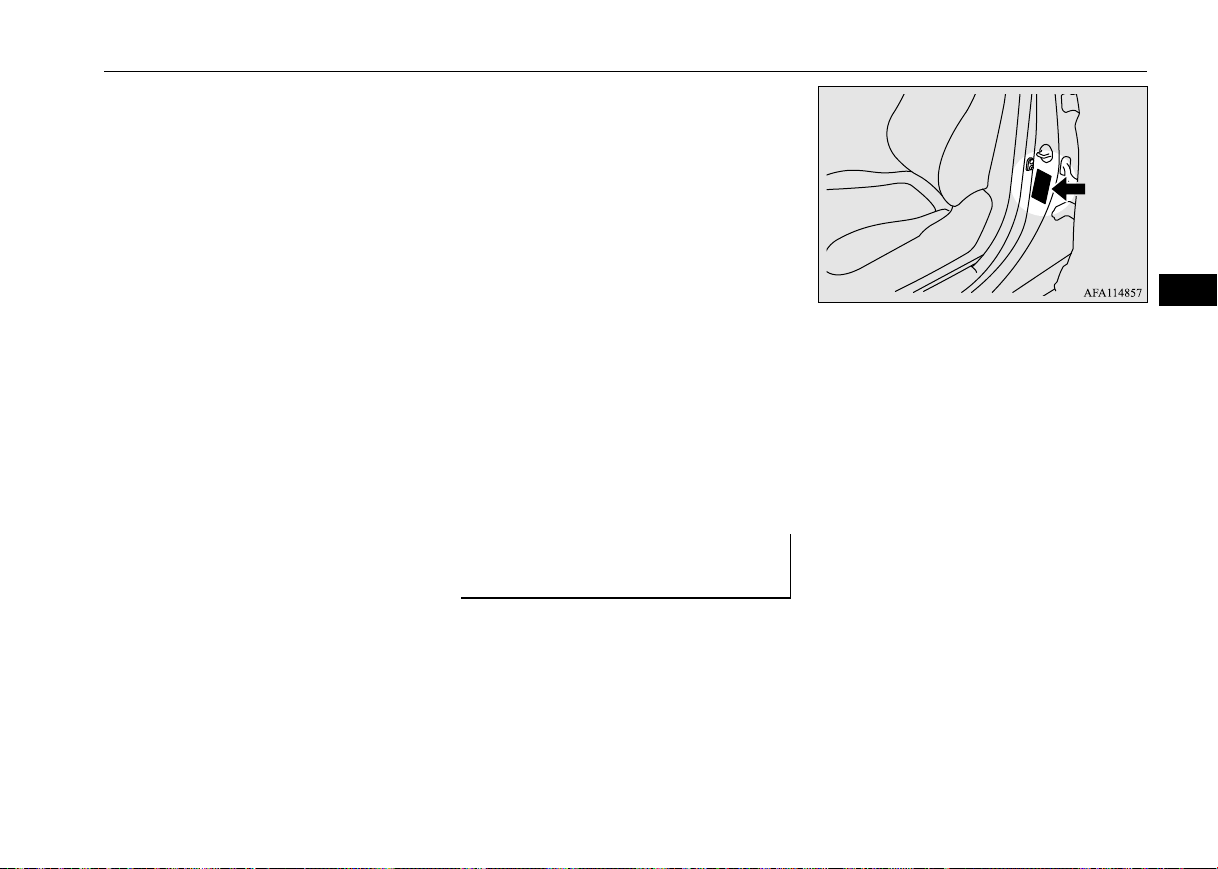Loading ...
Loading ...
Loading ...

Loading information
Driving safety 6-7
6
Vehicle maximum load on the tire: load
on an individual tire that is determined by
distributing to each axle its share of the
maximum loaded vehicle weight and
dividing by two.
Vehicle normal load on the tire: load on an
individual tire that is determined by dis-
tributing to each axle its share of the curb
weight, accessory weight, and normal
occupant weight and dividing by two.
Maximum loaded vehicle weight: the sum
of -
(a) Curb weight;
(b) Accessory weight;
(c) Vehicle capacity weight; and
(d) Production options weight.
Curb weight: the weight of a motor vehi-
cle with standard equipment including the
maximum capacity of fuel, oil, and cool-
ant.
Accessory weight: the combined weight
(in excess of those standard items which
may be replaced) of automatic transaxle,
power steering, power brakes, power win-
dows, power seats, radio, and heater, to
the extent that these items are available as
factory-installed equipment (whether
installed or not).
Vehicle capacity weight: the rated cargo
and luggage load plus 150 lbs (68 kg)
*times the vehicle’s designated seating
capacity.
Production options weight: the combined
weight of those installed regular produc-
tion options weighing over 5 lbs (2.3 kg)
in excess of those standard items which
they replace, not previously considered in
curb weight or accessory weight, includ-
ing heavy duty brakes, ride levelers, roof
rack, heavy duty battery, and special trim.
Normal occupant weight: 150 lbs (68 kg)
*times the number of specified occupants
(3 in the case of your vehicle)
Occupant distribution: Occupant distribu-
tion within the passenger compartment (In
your vehicle the distribution is 2 in front,
1 in rear seat)
N00630101423
The tire and loading information placard is
located on the inside sill of the driver’s door.
This placard shows the maximum number of
occupants permitted to ride in your vehicle as
well as “the combined weight of occupants
and cargo” (A), which is called the vehicle
capacity weight. The weight of any non-fac-
tory installed options, as well as the tongue
weight of a trailer being towed and roof load
is included in the definition of “cargo” when
determining the vehicle capacity weight. This
placard also tells you the size and recom-
mended inflation pressure for the original
equipment tires on your vehicle. For more
information, refer to “Tires” on page 9-12.
*:150 lbs (68 kg) is the weight of one per-
son as defined by U.S.A. and Canadian
regulations.
Tire and loading information
placard
BK0277700US.book 7 ページ 2019年3月8日 金曜日 午前9時23分
Loading ...
Loading ...
Loading ...